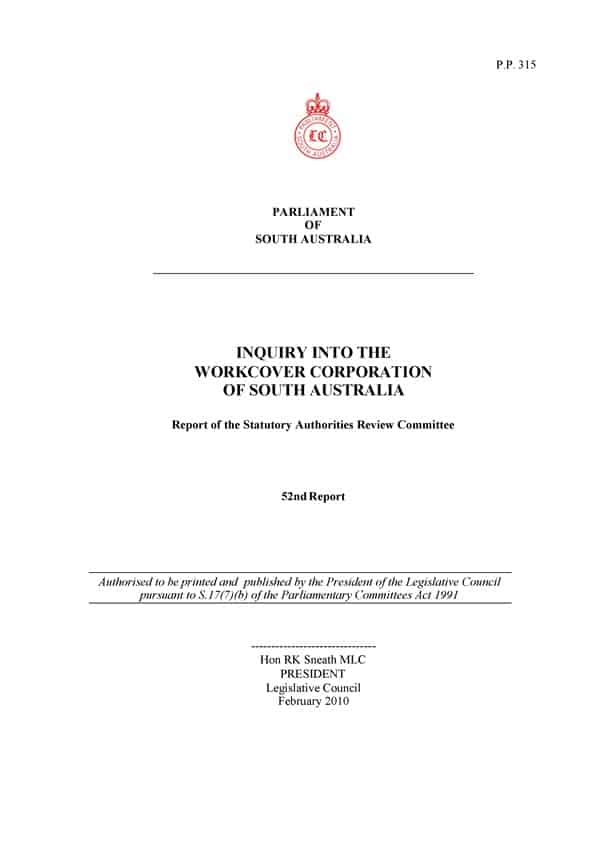 On 12 February 2010, the Greens parliamentarian, Mark Parnell, accused WorkCover Corporation of failing injured workers in South Australia. In response to the release of the Parliament’s Statutory Authorities Review Committee (SARC) inquiry into WorkCover, he said
On 12 February 2010, the Greens parliamentarian, Mark Parnell, accused WorkCover Corporation of failing injured workers in South Australia. In response to the release of the Parliament’s Statutory Authorities Review Committee (SARC) inquiry into WorkCover, he said
“The Greens have been saying for a number of years now that the outsourcing of WorkCover’s claims management is a failed experiment, and must be reversed….. Until WorkCover fixes up the poor management of injured workers, it will never get out of its financial mess.” Continue reading “Workers’ Compensation becomes an election issue in South Australia”

 One could be
One could be 

